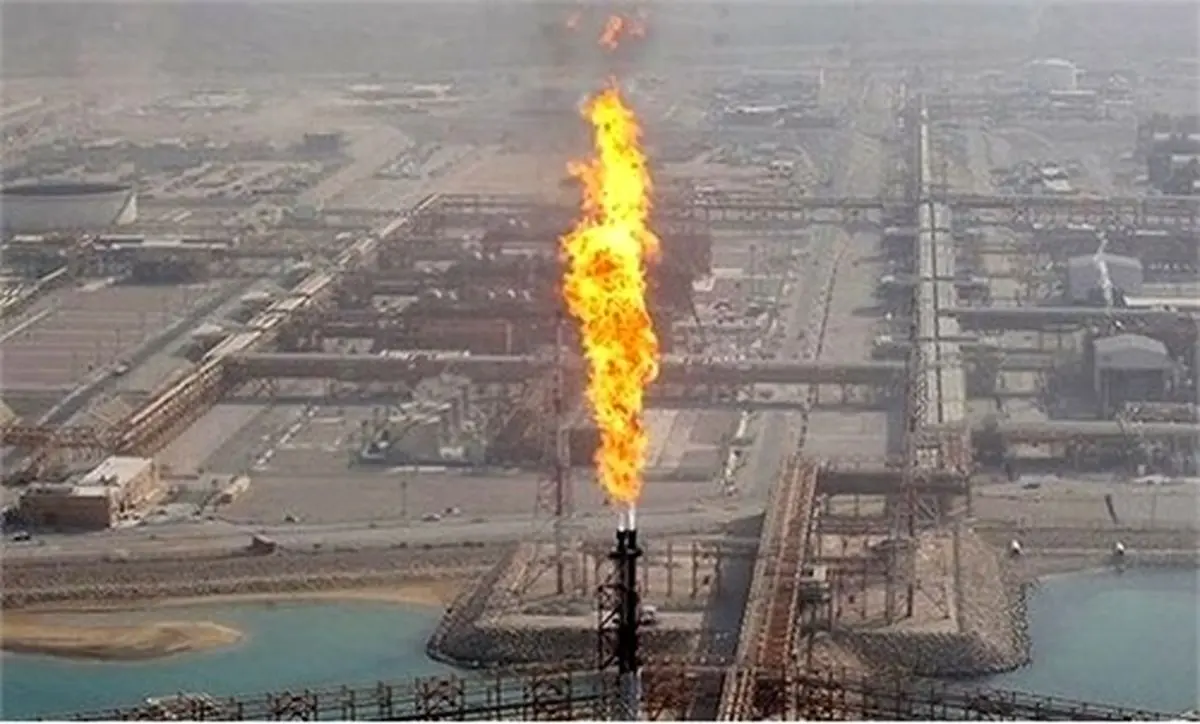Qeshm vying for $10b in Oil, Petrochem investments

In line with policies to develop energy hubs in Iran, Qeshm Free Zone Organization has devised plans to attract close to $10 billion in foreign and domestic investments for energy projects on the Persian Gulf island over the next 12 months, director of the free zone said.
"The investment will be allocated to oil, energy and petrochemical sectors," Hamidreza Momeni was also quoted as saying by IRNA on Saturday.
Pointing to unique energy features of the Island, Momeni said, "Qeshm is estimated to sit atop more than 4 billion barrels of oil and 283 billion cubic meters of gas in place. It can become the energy hub in the Persian Gulf and serve as the largest producer of oil, gas and electricity."
Elaborating on ongoing ventures, he noted that a refining unit with a production capacity of 70,000 barrels per day is being constructed with a work-in-progress rate of 24%.
"Building processing complexes that refine less than 35,000 bpd is not viable," he said, adding that plans call for erecting three more refineries, yet talks are still continuing with potential financers.
According to the chief executive of QFZO, numerous hydrocarbon fields, the strategic Strait of Hormuz, proximity to Oman, connection to national electricity network and access to Central Asia markets are among advantages of Qeshm to become a center for exporting oil, gas and petrochemical products.
Asked about a crude oil loading and export facility that is under development, Momeni said Qeshm oil terminal, with a 28% physical progress, has been designed to store 16 million tons of oil derivatives.
Referring to the energy units on the Island, the official said, "In addition to a 70-magawatt power plant that has recently gone on stream, two more 500-MW stations are under construction. $12.5 million have been spent on the ventures, which have registered a 10% and 25% progress."
Petrochemical Hub
According to Momeni, as per an Oil Ministry's directive, 25 million cubic meters of natural gas per day as feedstock will be delivered to Qeshm petrochemical complexes, which is planned to turn into a petrochemical hub in the future.
"This amount of feedstock is sufficient to feed eight petrochemical plants," he said, noting that the completion all those units requires $7 billion in investment. Furthermore, they can produce 9 million tons of value-added products per annum.
Pointing to efforts to raise funds, he said serious talks are underway and that QFZO is committed to adopting measures that include supervising feasibility studies that are due to be implemented by Australian engineering company WorleyParsons in six months, the allocation of a 400-hectare land and the completion of studies on environmental and safety conditions of the plan.
Iran's petrochemical output capacity stands at 62 million tons, but is expected to reach 72 million tons a year by the end of the current fiscal year in March upon the launch of new petrochemical ventures.
Iran holds some of the world's largest crude oil and natural gas reserves, but its petrochemical industry is comparatively underdeveloped.
Reportedly, Qeshm Gas Condensate Refinery, with a processing capacity of 120,000 barrels per day, will become operational by the end of January next year.
The refinery's output will be liquefied petroleum gas, kerosene, diesel, jet fuel and naphtha. The venture is aimed at capitalizing on cheap natural gas supply and creating much-needed jobs in the region.
END
